What is Glacial Erosion?
Glacial erosion is the process by which glaciers, massive bodies of ice, move across the land and alter its surface through the processes of plucking, abrasion, and quarrying.Processes of Glacial Erosion:
Plucking: This process occurs when a glacier picks up rocks and sediments from the land beneath it as it moves.
Abrasion: As a glacier moves, it scrapes and sculpts the landscape beneath it, wearing down the surface through the abrasive action of the rocks and sediments it carries.
Quarrying: This process involves the glacier plucking large pieces of rock from the bedrock and carrying them along as it flows, further shaping the landscape.
Landforms Created by Glacial Erosion:
U-shaped valleys: Glaciers carve out wide, U-shaped valleys as they move through the landscape, leaving behind a distinct geological feature.
Glacial cirques: These are bowl-shaped hollows carved out by glaciers at the head of a valley, often forming the starting point for glaciers.
Arêtes and horns: These are sharp, steep ridges and peaks formed by the erosion of glaciers on either side of a mountain.
Glacial troughs: These are long, deep valleys carved out by glaciers, often filled with water to form fjords.
Impact of Glacial Erosion:
Glacial erosion has had a significant impact on shaping the Earth's surface over millions of years, leaving behind unique landforms and shaping the way water flows across the land.
.◂Science Worksheets and Study Guides Fifth Grade. The 6-Kingdoms of life
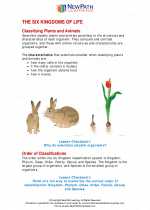
 Activity Lesson
Activity Lesson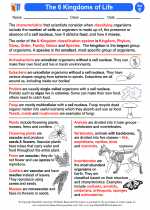
 Worksheet/Answer key
Worksheet/Answer key
 Worksheet/Answer key
Worksheet/Answer key
 Worksheet/Answer key
Worksheet/Answer key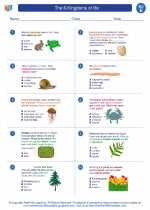
 Worksheet/Answer key
Worksheet/Answer key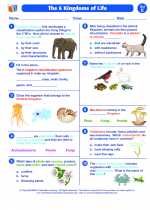
 Vocabulary/Answer key
Vocabulary/Answer key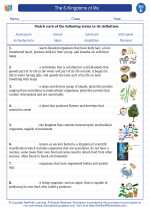
 Vocabulary/Answer key
Vocabulary/Answer key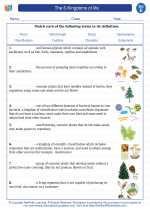
 Vocabulary/Answer key
Vocabulary/Answer key
 Vocabulary/Answer key
Vocabulary/Answer key
